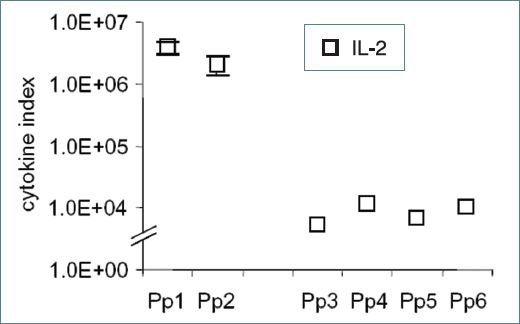
We help regulate natural processes by feeding on various plants and animals and cultivating land for agriculture. Like other species, humans are an important part of ecosystems. It is unwise, indeed in my view foolishly arrogant, to believe that our very existence is not directly correlated with the health of the natural world.”
Heat marine wildlife masse free#
“We have been much slower to recognize the damage to ecosystems and the current free fall in biodiversity. So while jellyfish may not be on the menu now, soon there may be few other options.“Since the 1970s, we have become aware and taken steps, albeit incomplete ones, to address pollution and toxic chemicals,” Greg Costello, conservation director for the Wildlands Network, told Global Citizen. “Rather than just suppressing the weeds, maybe we could start predicting exactly which species are going to thrive and how we could use them.” “We already eat weedy species, and cephalopods are becoming increasingly important in our fisheries, and they might be better than fish in terms of sustainability in the future,” Doubleday says. Receding kelp forests are already being replaced by seaweed turfs, bigger numbers of some cephalopods and jellyfish blooms. They’re short-lived, tolerant, adaptable – just like a terrestrial weed that you might see in your garden.” “For example jellyfish, algae and cephalopods – they’re very different types of organisms, but they have some similar characteristics. “They can change their shape, what they eat and when they mature and reproduce to take advantage of novel conditions created by climate change,” she says. Animals and plants considered weedy species typically have short lifespans and a flexible lifestyle that allows them to take advantage of sparse or patchy resources, Doubleday says. Weedy isn’t a technical classification of plants or animals, but rather a type of lifestyle. “ you might expect to see more ‘weedy species’ that can adapt more quickly to change,” says marine ecologist Zoe Doubleday from the University of South Australia. Some more physically and physiologically nimble species are set to thrive in a warmer ocean. Species that, like kelp, can’t keep pace with the fast rate of anthropogenic warming, can be quickly be written off by an extreme event such as a marine heatwave or tropical cyclone. “It might still have some diversity, but you’ve undoubtedly lost something important.”Īlthough common kelp might take over in the short term, a marine heatwave or a plague of hungry sea urchins could quickly knock that out too, allowing even hardier turf algae to move in.įrom the forest to the shrub, now to a lawn – albeit a weedy one. “It’s the equivalent of losing a forest on land and having it replaced by shrubbery,” he says. But in recent years, 95% have been lost and largely replaced by common kelp, says Layton. Photograph: NOAA / Matthew Doggettįorests of giant kelp, known as Macrocystis pyrifera, used to dominate Tasmania’s coastline. But, also like coral, the planet is losing kelp forests to climate change at an alarming rate.Ī healthy kelp forest (left) versus a degraded one (right). Like coral, kelp provides habitat structure, shelter and food for an entire ecosystem – without it the ecosystem would cease to exist. “That was a direct effect of the heat, but also due to herbivorous fish following the warm water and moving in to munch on the kelp.” Some kelp species became regionally extinct over hundreds of kilometres, says marine ecologist Cayne Layton from the University of Tasmania. When an extreme marine heatwave lingered over the Shark Bay world heritage area in 2011, seagrass and kelp forests died en masse. For some it was good news – “It brought down valuable tropical species like kingfish and snapper,” Hobday says.įor the aquaculture industry, however, it brought disease outbreaks in oyster farms, disruptions to salmon farming and abalone deaths along the coast. In 2015, New Zealand experienced its longest and most intense marine heatwave on record. “Marine heatwaves provide a window into what our oceans will look like in the future, which is why it’s important to keep track of them,” Hobday says.

There may not be scorched earth or destroyed homes left in its wake, but a marine heatwave impacts our future in different ways – and serves as a warning. Marine heatwaves are generally out of sight and out of mind until one gets so bad it becomes impossible to ignore, says CSIRO research scientist Alistair Hobday.Ī marine heatwave happens when the ocean temperature is much warmer than usual for the time of year from sunlight heating the surface water or warm water being brought via ocean currents – or both.Ĭlimate change is causing marine heatwaves to happen more frequently and with more intensity. Like coral reefs and tropical rainforests, the ocean suffers the slow torture of climate change peppered with high-intensity hits from extreme weather.


 0 kommentar(er)
0 kommentar(er)
